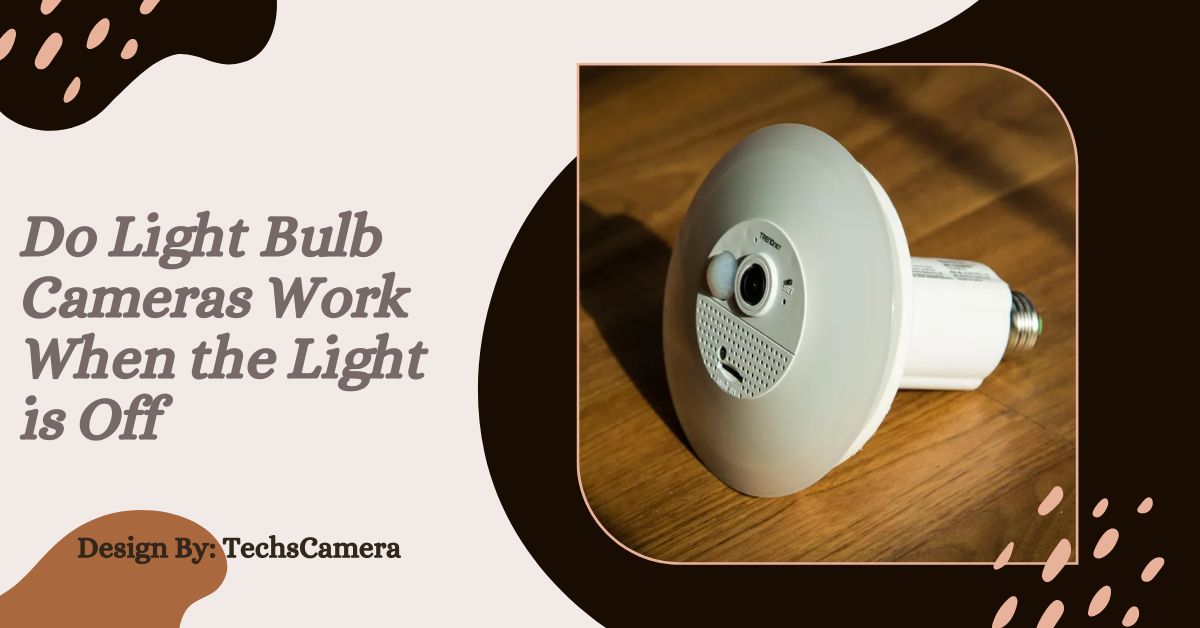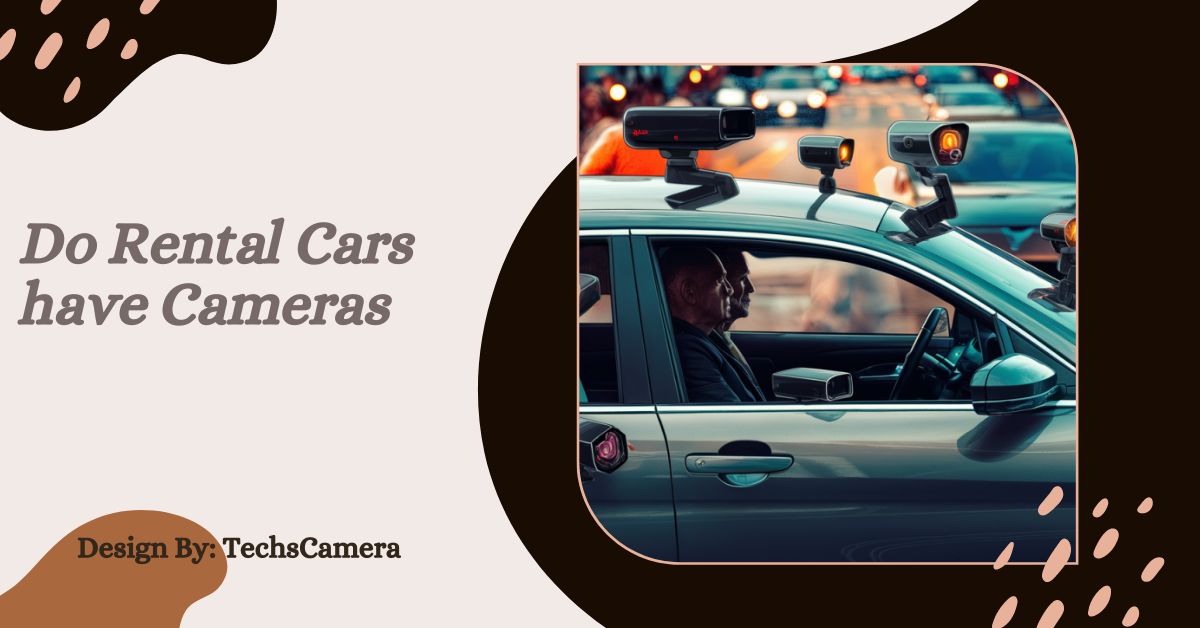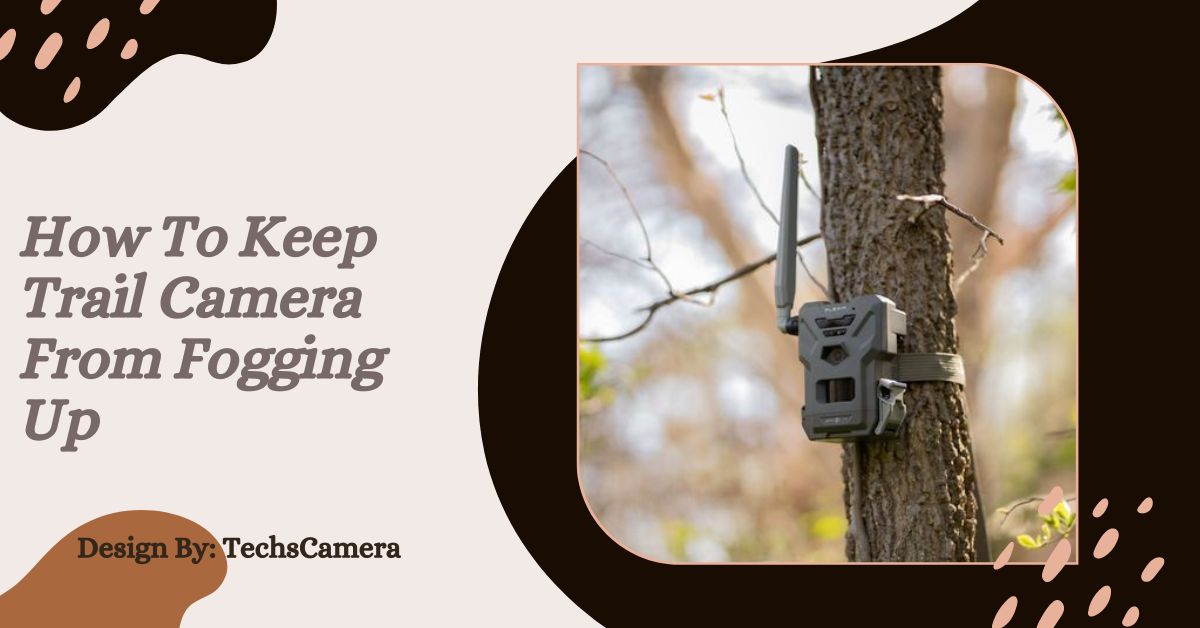Yes, light bulb cameras work when the light is off, thanks to their built-in infrared LEDs and night vision capabilities, allowing for continuous surveillance even in complete darkness.
Introduction:
Light bulb cameras have gained popularity as an innovative solution for home security. Combining the functionality of a light bulb with a surveillance camera, these devices offer discreet monitoring without the need for additional hardware.
A common question among users is whether these cameras work when the light is off. In this article, we will explore the functionality of light bulb cameras, their features, and how they operate in various lighting conditions.
Understanding Light Bulb Cameras:
Light bulb cameras are designed to blend seamlessly into your home environment. They screw into standard light sockets and function both as a light source and a security camera.
These cameras come equipped with Wi-Fi connectivity, allowing users to monitor their premises remotely via smartphone apps or computer software.
How Light Bulb Cameras Operate:
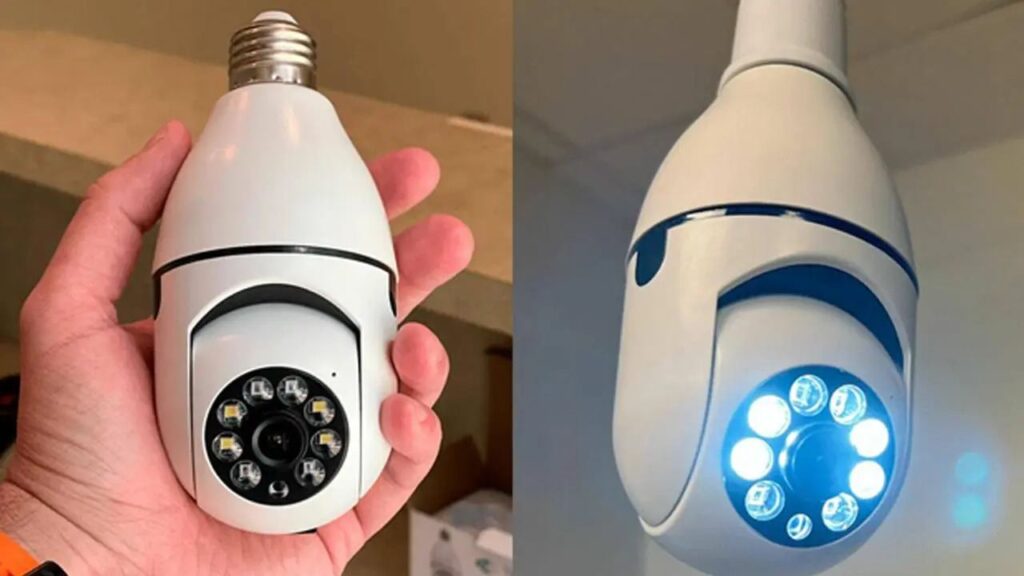
Light bulb cameras are equipped with advanced features that enable them to function effectively, even in low-light conditions. Here are some key components that make this possible:
Infrared (IR) LEDs:
Most light bulb cameras come with built-in infrared LEDs. These LEDs emit infrared light, which is invisible to the human eye but can be detected by the camera sensor. This allows the camera to capture clear images and videos in complete darkness.
Night Vision Capability:
The infrared LEDs work in conjunction with the camera’s night vision capability. When the light is turned off, the camera automatically switches to night vision mode, utilizing the infrared light to illuminate the area. This ensures continuous surveillance, regardless of the lighting conditions.
Motion Detection:
Many light bulb cameras are equipped with motion detection technology. This feature allows the camera to start recording only when movement is detected, conserving storage space and ensuring relevant footage is captured. Motion detection works effectively in both light and dark environments.
Do Light Bulb Cameras Work When the Light is Off:
The simple answer is yes, light bulb cameras do work when the light is off. Here’s how they manage to do so:
Switching to Night Vision:
When the light is turned off, the camera’s night vision mode is activated. The infrared LEDs provide the necessary illumination for the camera to capture clear images and videos in the dark. This automatic switch ensures that your surveillance is not interrupted.
Continuous Monitoring:
The camera’s continuous monitoring capability is not dependent on the light being on. Whether it’s day or night, the camera remains functional, providing round-the-clock security.
Also read: Backup Camera Not Working After Battery Change – Common Causes and Fixes!
Recording in Low Light Conditions:
Light bulb cameras are designed to handle various lighting conditions. In low light scenarios, they adjust their settings to maximize visibility. The combination of infrared LEDs and night vision technology ensures that the camera can record high-quality footage even in complete darkness.
Benefits of Light Bulb Cameras:
Light bulb cameras offer several advantages, making them a popular choice for home security:
Discreet Surveillance:
The dual functionality of a light bulb and a camera allows for discreet monitoring. Potential intruders are less likely to notice the presence of a camera, enhancing the security of your home.
Easy Installation:
These cameras are easy to install, requiring no additional wiring or complicated setup. Simply screw the camera into a standard light socket, connect it to your Wi-Fi network, and start monitoring.
Remote Access:
With Wi-Fi connectivity, users can access the camera feed remotely via a smartphone app or computer. This provides the convenience of monitoring your home from anywhere, at any time.
Cost-Effective Solution:
Light bulb cameras offer a cost-effective solution for home security. They eliminate the need for separate lighting and surveillance systems, reducing overall costs.
Limitations and Considerations:
While light bulb cameras offer numerous benefits, there are some limitations and considerations to keep in mind:
Range of Night Vision:
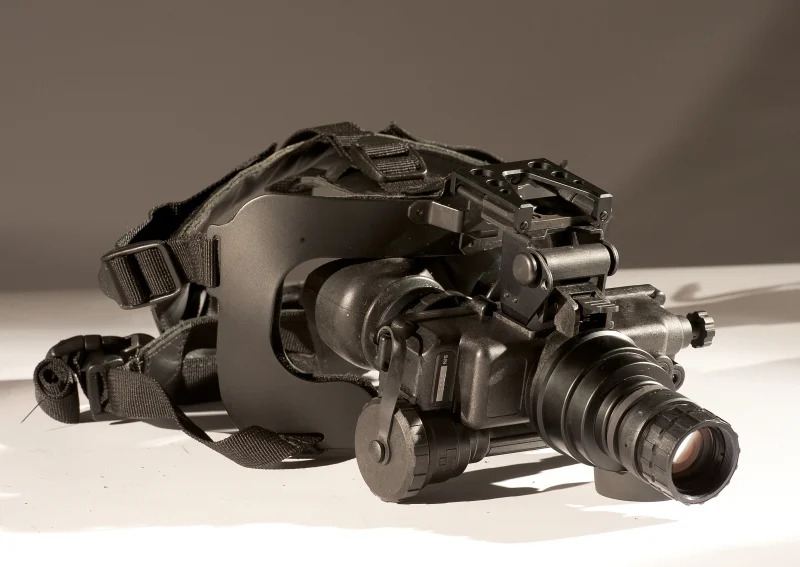
The effectiveness of night vision may vary depending on the range and quality of the infrared LEDs. It is important to choose a camera with a sufficient night vision range to cover the desired area.
Power Source:
Since light bulb cameras are powered through the light socket, they rely on the power supply of the light fixture. In case of a power outage, the camera will not function unless connected to a backup power source.
Privacy Concerns:
As with any surveillance device, privacy concerns should be considered. Ensure that the use of light bulb cameras complies with local laws and regulations regarding surveillance and privacy.
Additional Features of Light Bulb Cameras
Two-Way Audio:
Many light bulb cameras come with built-in microphones and speakers, allowing two-way audio communication. This feature enables you to listen and speak to anyone in the vicinity of the camera through your smartphone.
High-Resolution Recording:
Modern light bulb cameras offer high-definition recording, ensuring that the captured footage is clear and detailed. Look for cameras with at least 1080p resolution for optimal image quality.
Cloud Storage Options:
Some light bulb cameras provide cloud storage options for recorded footage. This feature allows you to store and access your recordings securely online, preventing loss of data in case of theft or damage to the camera.
Also read: Do Intersection Cameras Record – Everything You Need to Know!
Local Storage Options:
In addition to cloud storage, many light bulb cameras also offer local storage options using microSD cards. This provides an alternative way to store and manage your recordings.
Smart Home Integration:
Certain light bulb cameras can be integrated with smart home systems like Amazon Alexa, Google Assistant, or Apple HomeKit. This allows you to control and monitor your camera using voice commands or through a centralized smart home app.
Installation Tips for Light Bulb Cameras:
Choose the Right Location:
Select a location that provides a clear view of the area you want to monitor. Ensure that the camera is positioned at an optimal height to capture the desired field of view.
Ensure Strong Wi-Fi Signal:
Since light bulb cameras rely on Wi-Fi connectivity, make sure the installation location has a strong and stable Wi-Fi signal. This will ensure smooth video streaming and remote access.
Secure the Light Bulb Camera:
Ensure that the light bulb camera is securely screwed into the socket to prevent it from falling or getting damaged. Check the fixture’s compatibility and stability before installation.
Regular Maintenance:
Perform regular maintenance checks to ensure the camera is clean and functioning correctly. Dust and dirt can obstruct the lens and affect the quality of the recorded footage.
Comparing Light Bulb Cameras with Traditional Security Cameras:
Ease of Installation:
Light bulb cameras are generally easier to install compared to traditional security cameras, which may require drilling, wiring, and professional setup.
Discreet Design:
Light bulb cameras offer a more discreet design, blending seamlessly into your home environment, unlike traditional security cameras that can be more noticeable.
Cost-Effectiveness:
Light bulb cameras are often more cost-effective as they combine lighting and surveillance functions, reducing the need for separate devices.
Versatility:
Traditional security cameras may offer more advanced features and higher durability, making them suitable for various environments, including outdoor and commercial settings.
Enhancing Security with Light Bulb Cameras:
Integration with Alarm Systems:
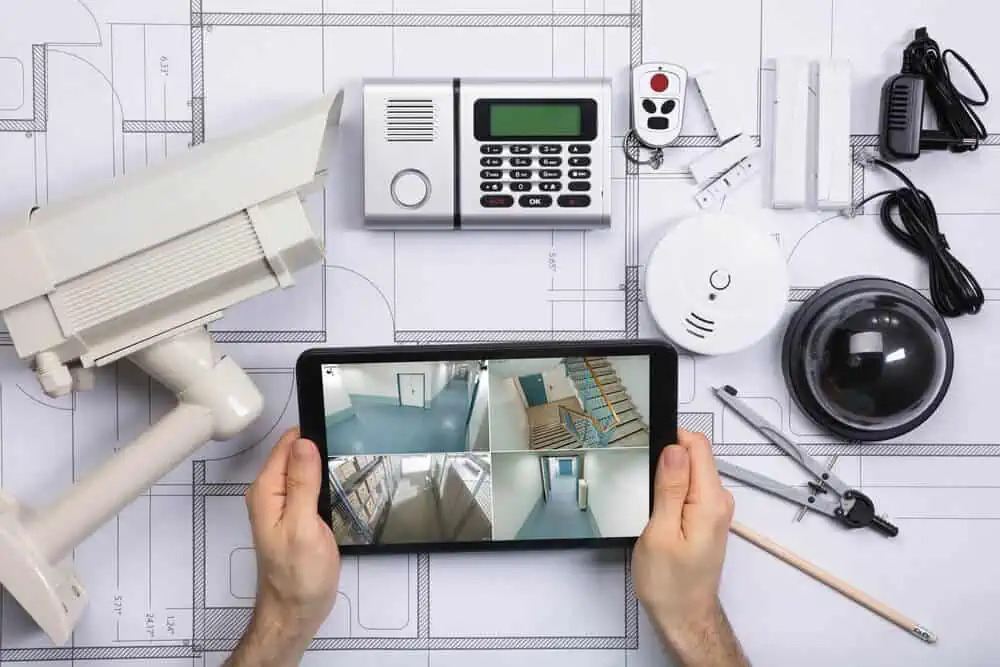
Integrate your light bulb camera with an existing home alarm system for enhanced security. This can provide additional layers of protection and immediate alerts in case of suspicious activity.
Remote Monitoring and Alerts:
Utilize the remote monitoring and alert features to stay informed about any unusual activity. Set up notifications on your smartphone to receive real-time updates and respond promptly.
Regular Software Updates:
Ensure that your light bulb camera’s firmware and software are regularly updated. This helps maintain optimal performance and security by fixing bugs and introducing new features.
FAQ’s:
1. Do light bulb cameras function in complete darkness?
Yes, light bulb cameras have infrared LEDs and night vision capabilities, enabling them to function effectively in complete darkness.
2. How do light bulb cameras switch to night vision?
Light bulb cameras automatically switch to night vision mode when the light is turned off, utilizing infrared LEDs to illuminate the area.
3. Can light bulb cameras be accessed remotely?
Yes, light bulb cameras have Wi-Fi connectivity, allowing users to monitor their premises remotely via smartphone apps or computer software.
4. Are light bulb cameras easy to install?
Yes, light bulb cameras are easy to install, requiring no additional wiring. They simply screw into a standard light socket.
5. What are some additional features of light bulb cameras?
Additional features of light bulb cameras include two-way audio, high-resolution recording, cloud and local storage options, and smart home integration.
Conclusion:
Light bulb cameras are a versatile and effective solution for home security, capable of providing continuous monitoring even when the light is off. Equipped with infrared LEDs and night vision technology, these cameras ensure that your premises are under constant surveillance, day and night. With their discreet design, easy installation, and remote access capabilities, light bulb cameras offer a convenient and cost-effective way to enhance the security of your home.
